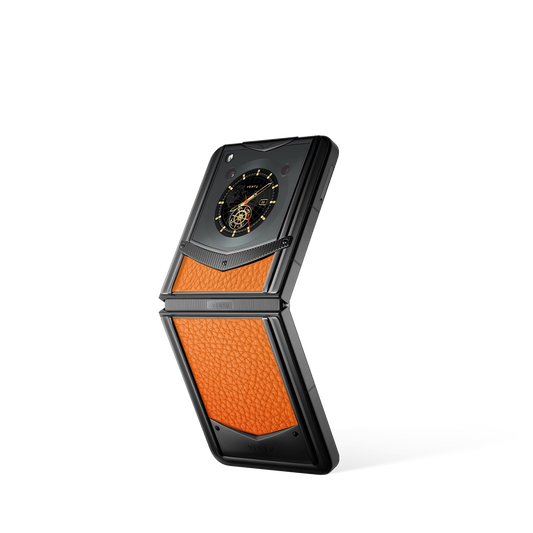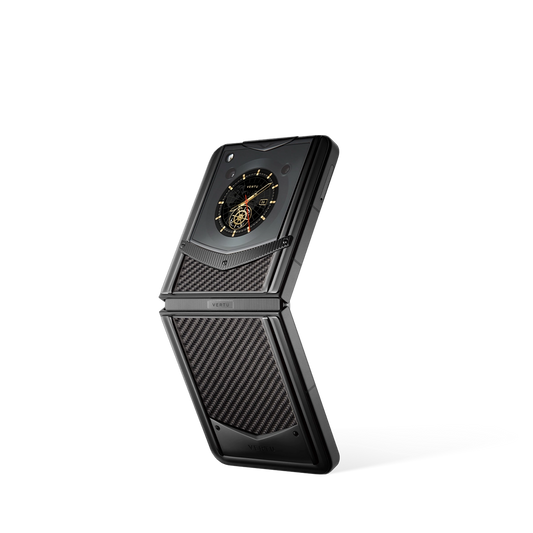Tiffany's Luxury Jewelry Giant Ship

The components of a giant ship reveal only a tiny glimpse of its entirety.
Recently presented in Shanghai by American jewelry brand Tiffany & Co., the new Bird on a Pearl collection by Jean Sloanberger sends a unique message that deviates from Tiffany's usual strategy.
Today, Tiffany is emphasizing its heritage, which is a key aspect of the brand founded in 1837. Two threads can be identified in this text: the creative design and the exploration of raw materials used in gemstones.
The reaffirmation of the relationship between Jean Schlumberger and Tiffany reflects Tiffany's creative heritage.
In addition to creative design, Tiffany's exploration and pursuit of rare gemstones is also a significant aspect.
Finally, the text mentions Tiffany's most famous yellow diamond. In 1878, Charles Lewis Tiffany, the founder of Tiffany's, bought a 287.42-carat rough yellow diamond from the Kimberley diamond mine in South Africa for $18,000. The rough stone was later cut to 128.54 carats and named 'The Tiffany Diamond'. It is an exceptional and uncommon yellow diamond, considered one of the largest and most beautiful in the world.
Tiffany has discovered and named several gemstones.
The pursuit of rare gemstones continues and has accelerated, with significant activity in 2023. In the field of fine jewelry, the mastery of raw and rare gemstones reflects the brand's expertise.
This also reflects the strategic direction of LVMH, the world's largest luxury goods group, for the brand after acquiring Tiffany for about $15.8 billion at the end of 2020. The goal is to firmly establish Tiffany as a high-end fine jewelry brand and to further strengthen its expertise.
The purpose of reaffirming the brand's high-end positioning is to provide enough space for the hull to perform and play. This is especially important in the mid-range market to showcase the brand's high-end positioning.
High-end jewellery brands must have high artistic attainments and meet different consumer demands through different ratios of classics and innovations. Globally, there is still a significant market share to be captured in the mid-range to entry-level jewelry market, which represents a significant opportunity for profit.
The construction of a ship's hull requires innovative business practices to propel the project forward. However, the fine jewelry industry has a relatively conservative business model, and the hard luxury sector is known for its cyclical nature, making innovation a challenging issue.
Bird on a Pearl is a representative experiment of Tiffany's new balance between classic and innovative products. It maintains Tiffany's classic works and creative style while also embodying the scarcity that the high jewelry brand has always cherished. Through an unexpected combination, it creates a sense of freshness and opens up new areas. This innovation subtly refreshes the brand's image without offending its loyal clientele.
This is a highly desirable outcome for fine jewelry brands, as customers may not always notice changes.
Tiffany has certainly made waves in the industry.
Before LVMH acquired Tiffany, the brand had established a strong reputation for its silver jewellery and wedding rings. However, it also faced risks associated with the mass market and rapidly changing fashion trends. Despite not being a major player at the time, Tiffany was partially visible to the public market.
Today, Tiffany is repositioning itself in the marketplace, aiming to restore the brand's integrity as a classic and innovative one, while reinforcing its upmarket positioning in line with its history. At the same time, the company is embarking on a bold and innovative business model that adapts to the changing times.

















